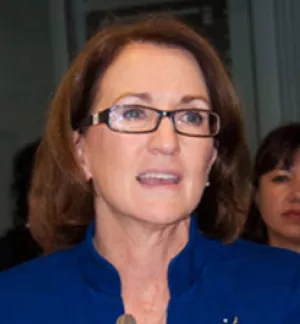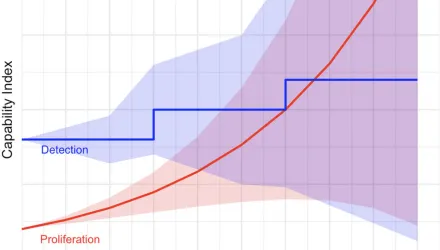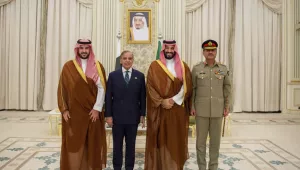In 1996, the International Atomic Energy Agency (IAEA), the United States and the Russian Federation entered into a cooperative effort – the Trilateral Initiative – aimed at investigating the feasibility and requirements for a verification system under which the IAEA could accept and monitor nuclear warheads or nuclear warhead components pursuant to the NPT Article VI commitments of both States. Although the Initiative ended in 2002, the Model Verification Agreement produced could still serve as the basis for bilateral or multilateral agreements between the IAEA and nuclear-weapon States.
In this paper, Thomas E. Shea and Laura Rockwood examine the potential role for international verification of fissile material in relation to nuclear disarmament, what was accomplished under the Trilateral Initiative and, more importantly, what should be done now to preserve its legacy and take concrete steps towards such verification.
Rockwood, Laura and Thomas E. Shea. "Nuclear Disarmament: The Legacy of the Trilateral Initiative." Deep Cuts Working Paper #4, The Deep Cuts Commission. March 23, 2015
The full text of this publication is available in the link below.





